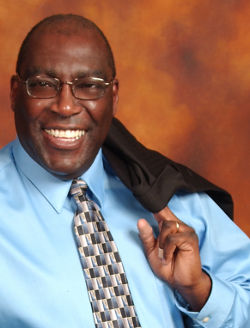- Students feel comfortable talking about something they are familiar with or enjoy, so first let them choose the topic.
- Give them a short two to five minute assignment first. Let them make it either humorous or serious. They should write out what they will say, limited to a specific word range.
- Have them work in groups of four for feedback on how to state things differently to accurately get across their point. You should quality control the material for appropriateness and clarity.
- Give Instruction on what body language to use and not use. Speakers can focus on audience members who give them positive vibes, being careful not to only focus on one person.
- Provide ground rules on being good audiences to each other, such as make eye contact with the speaker, smile or nod approvingly to encourage the speaker.
- Students can evaluate each other on these criteria, using a simple 1-3 rating system: a) the pace of the talk, b) the number of "uh's and ah's, c) clarity of presentation d) fidgeting or standing too stiffly e) introduction of the subject to capture attention; f) was there an effective summary etc...? They should understand that "you" are grading also for participation and enthusiasm. Students can provide the feedback sheets anonymously, if you think this is best for your group.
- Let volunteers begin the round of speaking to break the ice, and give the more timid a chance to see it done before they attempt it.
- Repeat assignments like this a time or two to give students practice-- perhaps before they actually get graded on a longer assignment.


 RSS Feed
RSS Feed
